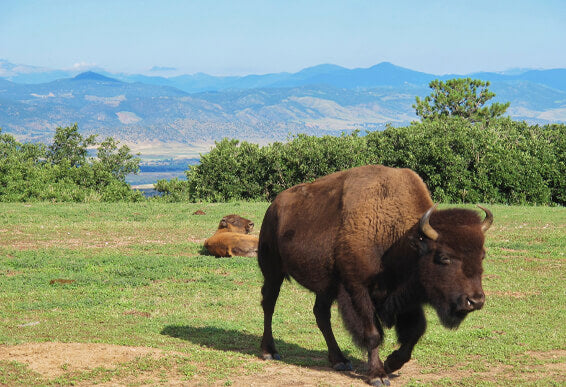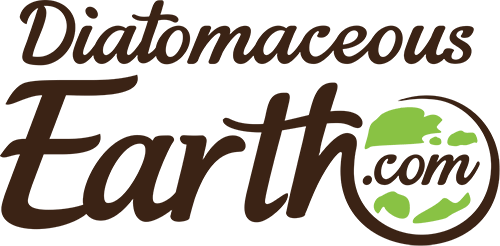
Diatomaceous Earth: Bison Feed Additive

Diatomaceous earth is an excellent feed additive for your animals. Ranchers and pet owners alike have many stories of the benefits of adding diatomaceous earth to animal feed. Used as a feed additive, DE can promote intestinal and digestive health, healthier coats, and much more.
Follow our guide below to see how you can add DE to your bison's diet.
You will need:
- Food Grade Diatomaceous Earth
- A Food Scale
- An Applicator
- Bison Feed (hay or oats and grains)
For Feed:
Step 1:
As always, make sure that the DE you are using is food grade, non-food grade DE (i.e Pool Grade DE) is dangerous to you and your animal's health if not used for its intended purpose. If you have food grade DE, proceed to the next step. If you don't, you can purchase some here.
Step 2:
Before feeding your bison make note of how much you will be feeding them. If you are going to give your animal 15 lbs or 25 lbs of feed, it will also affect the amount of DE you give your animal.
The standard ratio for feeding animals DE is roughly 2% of the feed's weight. That means for 10 lbs of feed, you will need to add roughly 3 oz. of DE.
After taking note of the amount of feed you are going to give your animal, use the 2% rule to work out the weight of DE and measure it out on the scale. Then mix the DE thoroughly with the animal feed using your scoop and give it to your bison.
An easier way is to be proactive and add DE to the bag or bushel of feed right after buying it. Simply add the DE to the container of animal feed at a rate of 2% which means you will need 2 lbs of DE for every 100 lbs of feed. Make sure that the DE is evenly distributed. Adding DE to your animal feed stores will help prevent any insect infestation.
Step 3:
Repeat as often as you use animal feed or hay in place of grazing.
For Hay:
Step 1:
As always, make sure that the DE you are using is food grade, non-food grade DE (i.e Pool Grade DE) is dangerous to you and your animal's health if not used for its intended purpose. If you have food grade DE, proceed to the next step. If you don't, you can purchase some here.
Step 2:
Before feeding your bison, weigh the hay that you are planning to use and take note of its weight.
Using the scale, measure out 2% of the feed's weight in DE. This is the proportion of DE to be added to the feed.
Mix the DE with water and, using an applicator like this, coat all the hay with the mixture.
Step 3:
Repeat as often as you use animal feed or hay in place of grazing.
